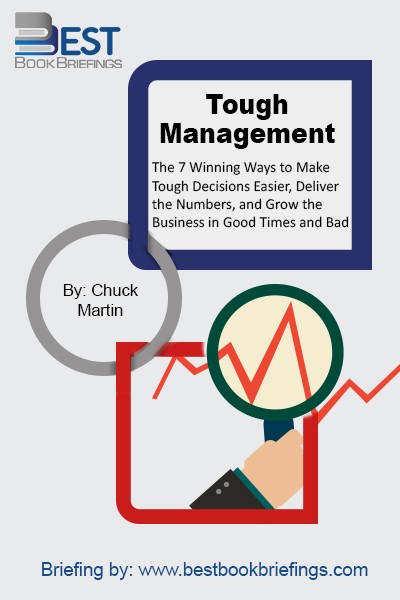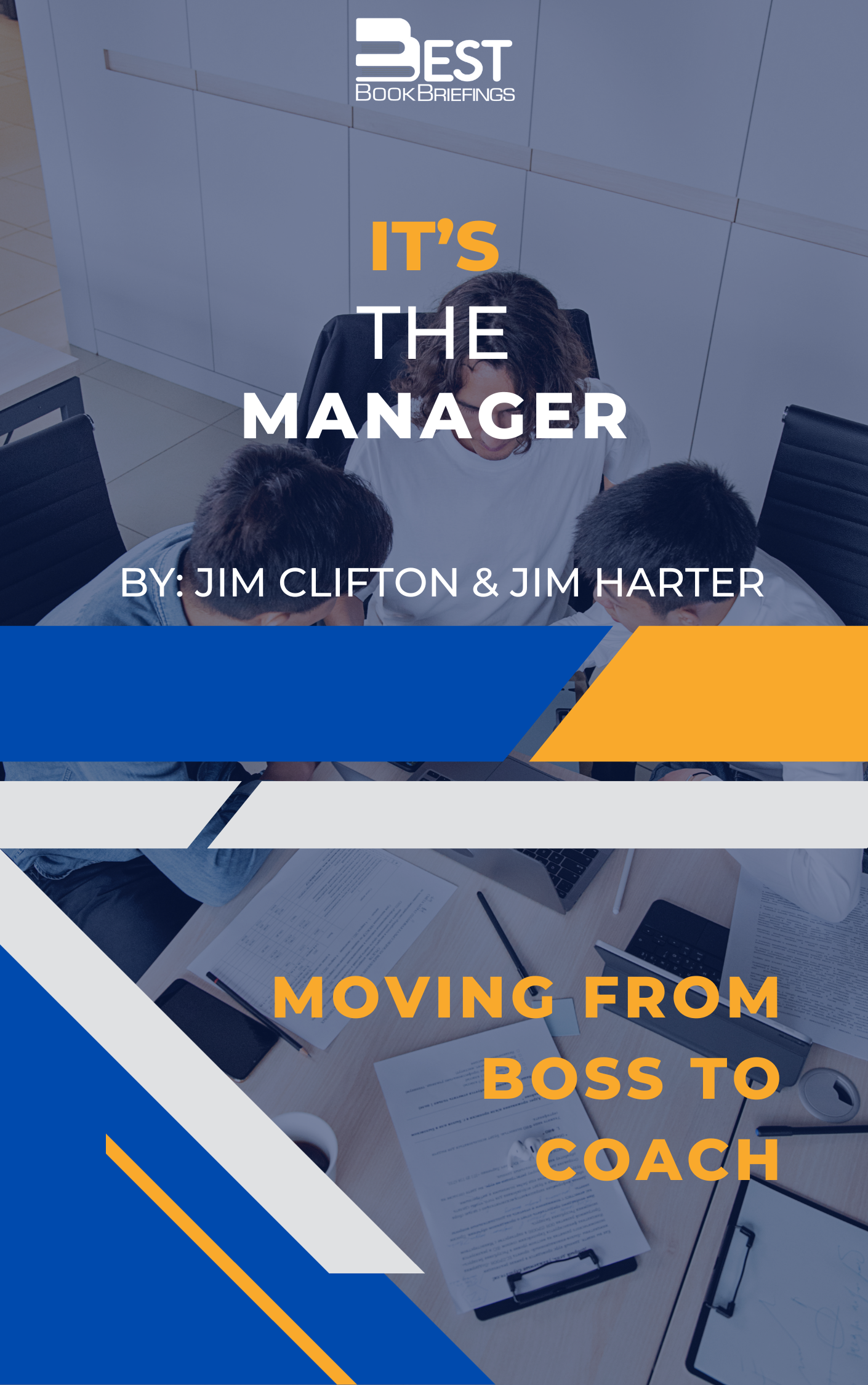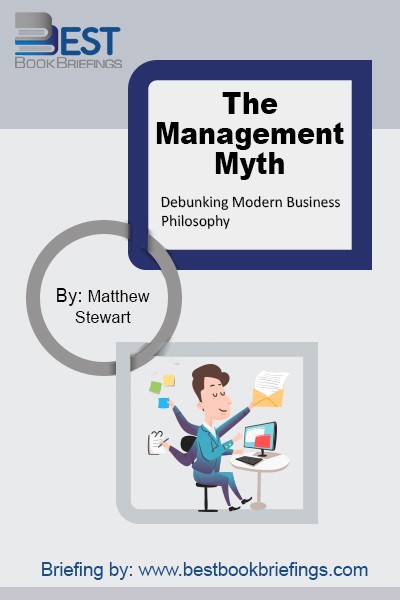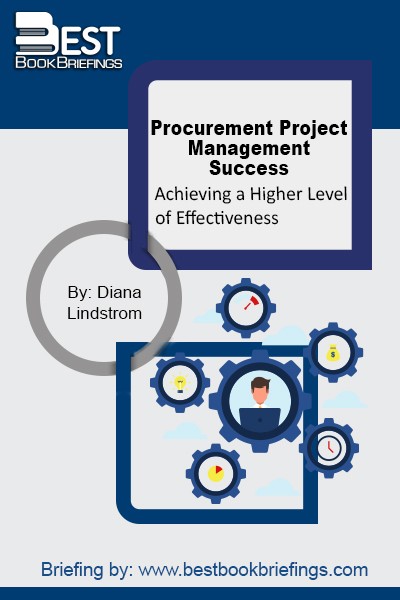Procurement Project Management Success
Achieving a Higher Level of Effectiveness
Number of pages: 320
Publisher: J. Ross Publishing
BBB Library: Operations Management
ISBN: 9781604270891
Editorial Review
Based on the author's real world experience during the course of her career in supply management, and engineering as a project management professional, this unique guide demonstrates a practical and proven approach to using project management strategies, tools and techniques to consistently create successful procurements that go beyond cost savings. Procurement Project Management Success integrates supply management best practices and processes with those applicable from the project management profession. It explains how to initiate, plan, manage, and complete procurement projects from simple to complex successfully. Through the use of scheduling, communication plans, risk management and other project management processes, these procurements satisfy stakeholders by setting expectations, continuously communicating status, and getting the best value for the dollar. The author shows project managers all the steps and processes used in procurement, and procurement professionals how adding a few project management processes and techniques to their skill-set and applying them to procurements can substantially improve both their results and career opportunities.
Book Reviews
Books on Related Topics

To say that work has changed over the last years would be an understatement. With an increase in downsizing, cut budgets, working hours, customer demands and shareholder requirements, people in charge are constantly under the gun to achieve more with less. It is common now to find managers carrying out a

In The Future of Management, Gary Hamel argues that organizations need management innovation now more than ever. Why? The management paradigm of the last century—centered on control and efficiency—no longer suffices in a world where adaptability and creativity drive business success. To thrive in the future, companies must reinvent management.

While the world’s workplace has been going through extraordinary historical change, the practice of management has been stuck in time for more than 30 years. Packed with 52 discoveries from Gallup’s largest study on the future of work, It’s the Manager shows leaders how to adapt their organizations to rapid change, ranging

The true nature of management is humanity. Unfortunately, the idea of the humanity of management is not yet widely understood. We all used to consider management as a kind of technology based on scientific observation, tended by experts and transferable to students. This idea has its roots firmly planted in the American



